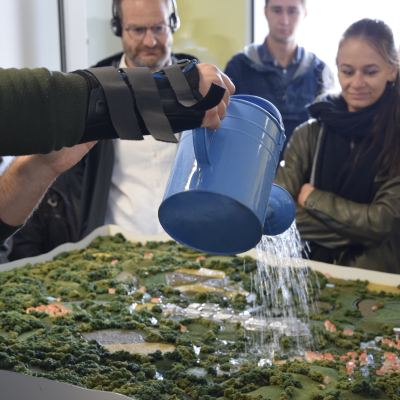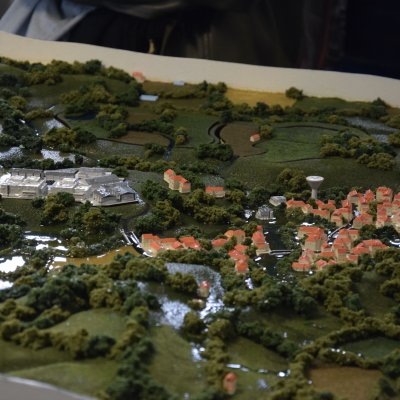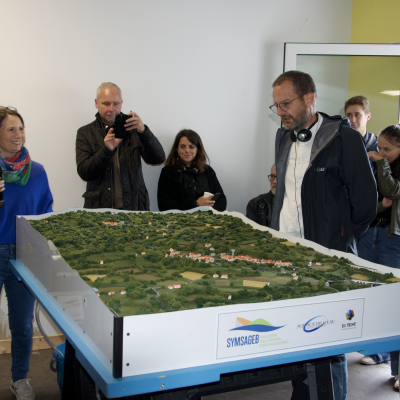The Boulogne area in northern France is no stranger to floods. With its dense network of rivers and streams, heavy rainfall makes waterways perform like torrents. Floods rise fast here, and the impacts can be severe.
As part of the FIER project, SYMSAGEB (Syndicat Mixte pour le Schéma d’Aménagement et de Gestion des Eaux du Boulonnais) is taking a leading role in strengthening risk awareness, promoting self-efficacy, and improving crisis preparedness across the region. Last week, during the midterm event in France, SYMSAGEB told us more about what they do.
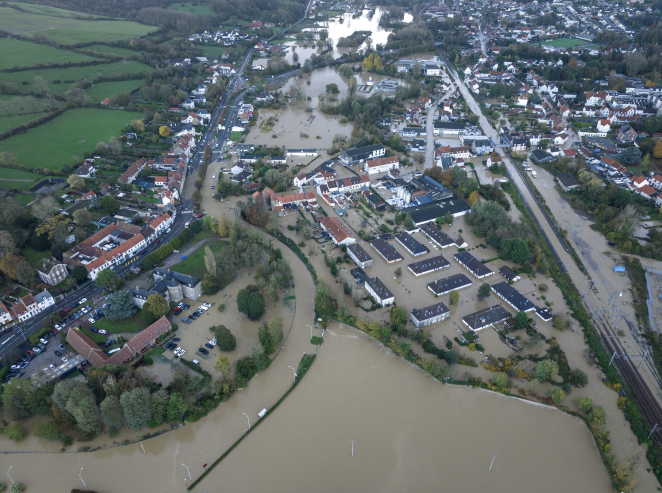
Opale Aéro Images, Philippe Lecocq, for SYMSAGEB
Four types of floods, one shared challenge
The territory is exposed to multiple types of flooding: river overflow, runoff, groundwater flooding, and coastal flooding. This makes awareness and preparedness all the more important. SYMSAGEB uses the FIER framework to expand its work on public knowledge, awareness of flood risks, and the adoption of safe behaviours in the face of rising waters.
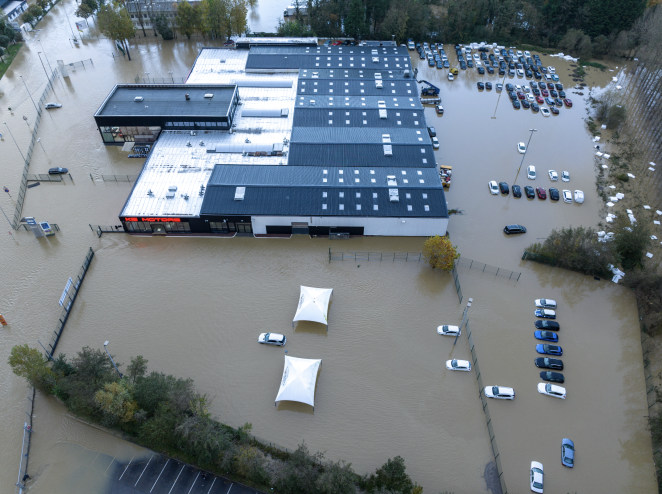
Opale Aéro Images, Philippe Lecocq, for SYMSAGEB
Engaging citizens, businesses, and authorities
SYMSAGEB’s efforts target a broad audience:
- Citizens, through public meetings after recent flood events, interactive tools such as flood models in community festivals, farm visits in cooperation with the Regional Natural Park to explain how land use and grasslands play a role in flood prevention, hike on the flood theme.
- Businesses, particularly those located in high-risk zones, through seminars on climate change and flood resilience.
- Emergency services and local authorities, through joint crises exercises and support in crisis planning.
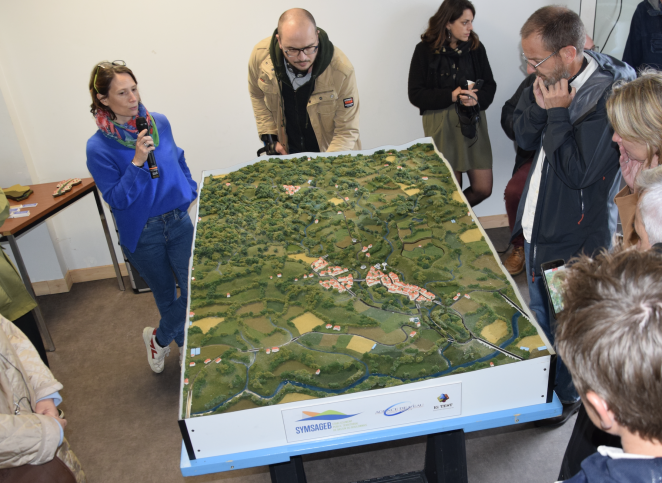
Creative tools for risk education
To make flood risk tangible, SYMSAGEB uses hands-on educational tools. Scale models allow residents to simulate rainfall, town & city planning and evolution of agricultural practices to see how land use influences water flow. Some special simulators demonstrating the force of water on a garage or car door, showing how quickly rising waters can make escape impossible have also been implemented. Videos and live demonstrations help spread these lessons more widely.
Children as powerful messengers
A strong focus is placed on schools. Primary school programmes bring repeated lessons into classrooms, ensuring messages are anchored over time.
During special school centric events, SYMSAGEB has reached more than 400 children in a single day.
Why does SYMSAGEB focus on children ? The reason is simple: children are tomorrow’s citizens and future decision-makers, but they are also today’s influencers. As the team explained, children often persuade parents and families to change behaviour – from safety habits to environmental practices.
Building on these successes, SYMSAGEB is now developing a new educational programme for secondary schools, with different pedagogical tools as videos, models, and scientific experiments. The aim is to create teaching materials that can be reused by other regions as well.
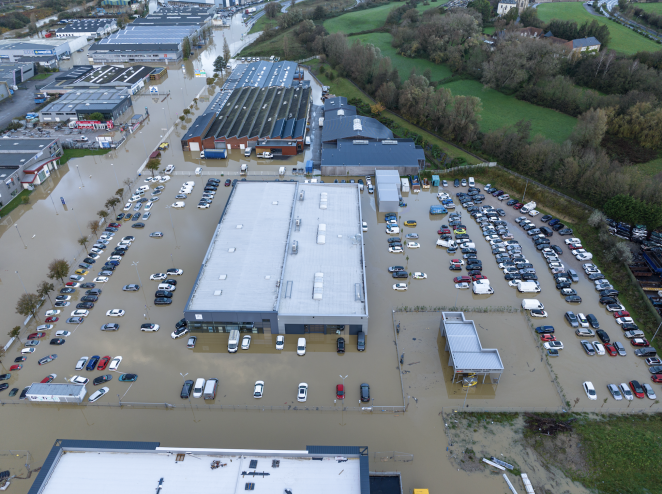
Learning from past floods
The devastating floods of 2023 remain fresh in local memory. To capture lessons learned, SYMSAGEB interviewed 47 stakeholders – including mayors, intermunicipal staff– to build a collective record of the event. Maps were drawn from these testimonies, providing a valuable, if informal, memory of where water rose and how people responded. This process not only preserves knowledge but also supports continuous improvement in crisis response.
Supporting municipalities in crisis planning
Beyond public awareness, SYMSAGEB also assists local authorities in developing and updating their Municipal Safeguard Plans (PCS). These plans define how each commune should act in a crisis: who does what, with which resources, and under which scenarios. Out of the 80 municipalities in the territory, 42 are legally required to have such plans, which must be updated every five years. SYMSAGEB has already supported 11 municipalities in this process, with 10 more currently receiving assistance.
As part of FIER, SYMSAGEB will also help organise crisis simulation exercises, tailored to the realities of individual municipalities. These will not only simulate floods but also cascading impacts, such as power outages or interruptions to drinking water supplies.
Looking ahead
By the end of the FIER project, SYMSAGEB aims to:
- Finalise its new educational programme for secondary schools.
- Continue raising awareness among citizens and businesses.
- Support municipalities with safeguard plans.
- Conduct at least two major crisis exercises.
- Share lessons learned from the 2023 floods.
Through these actions, SYMSAGEB shows how combining education, memory, and planning strengthens resilience. Their work highlights a truth that resonates across the North Sea Region: awareness is the first step towards preparedness.

